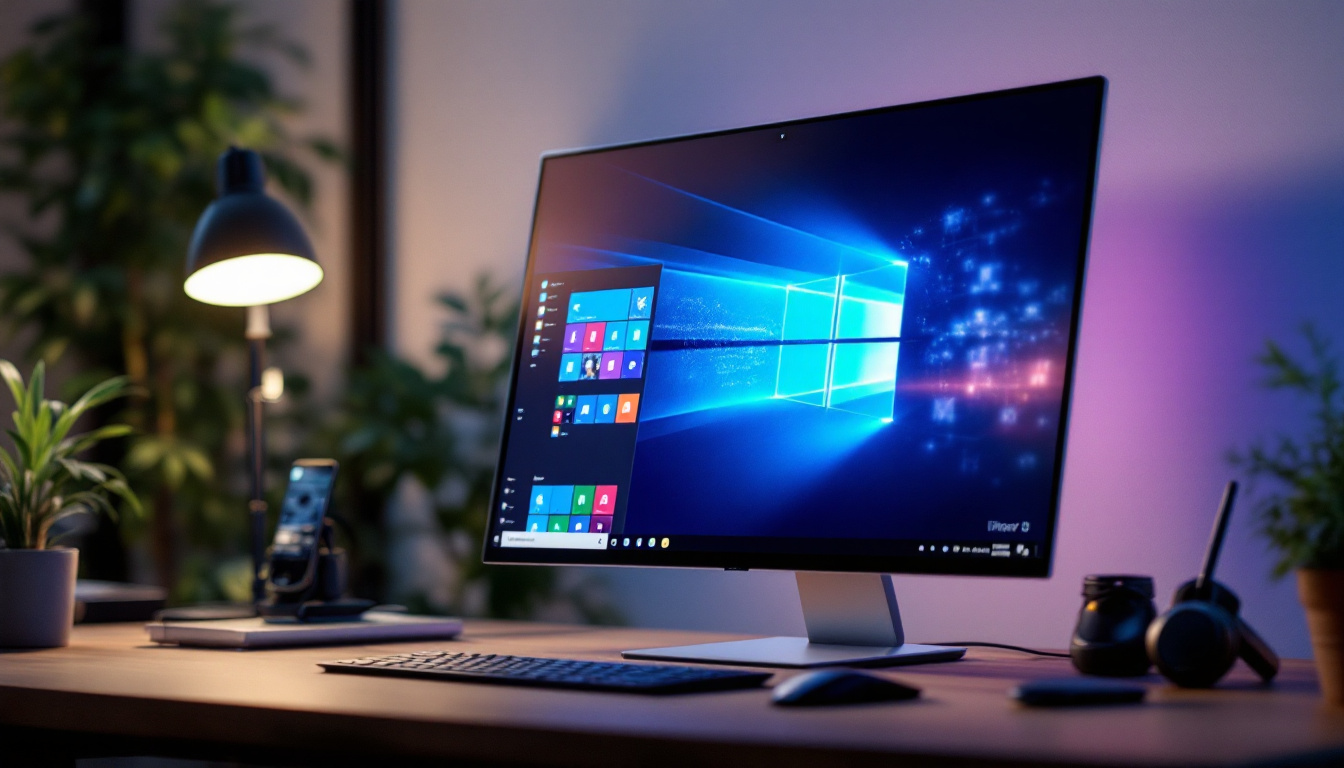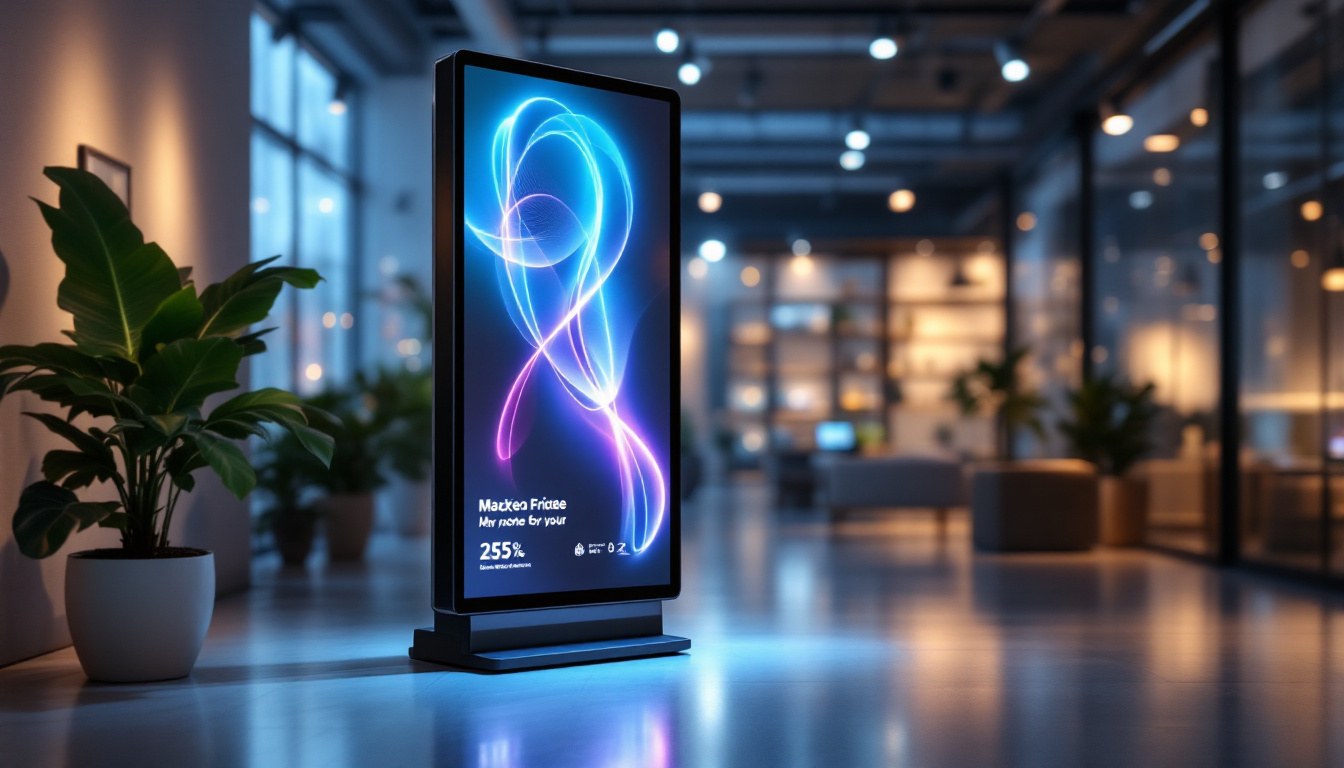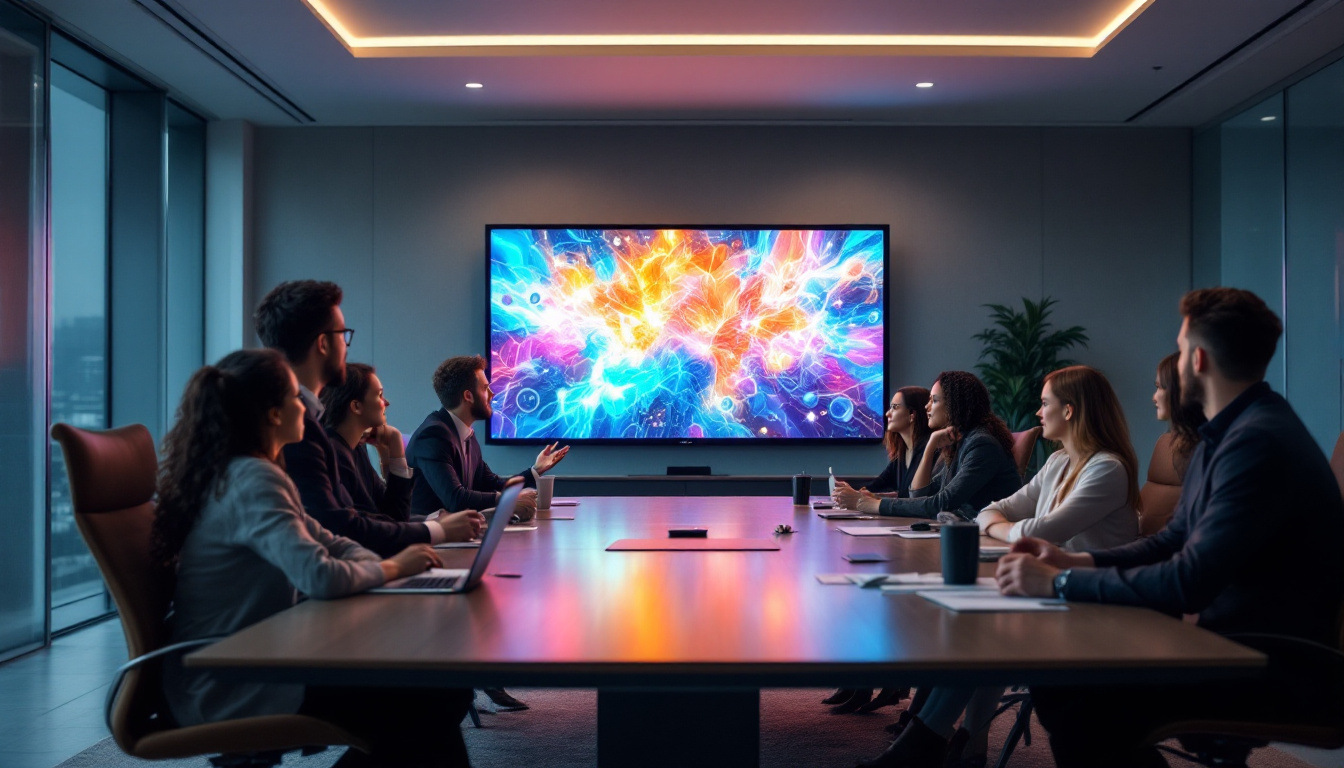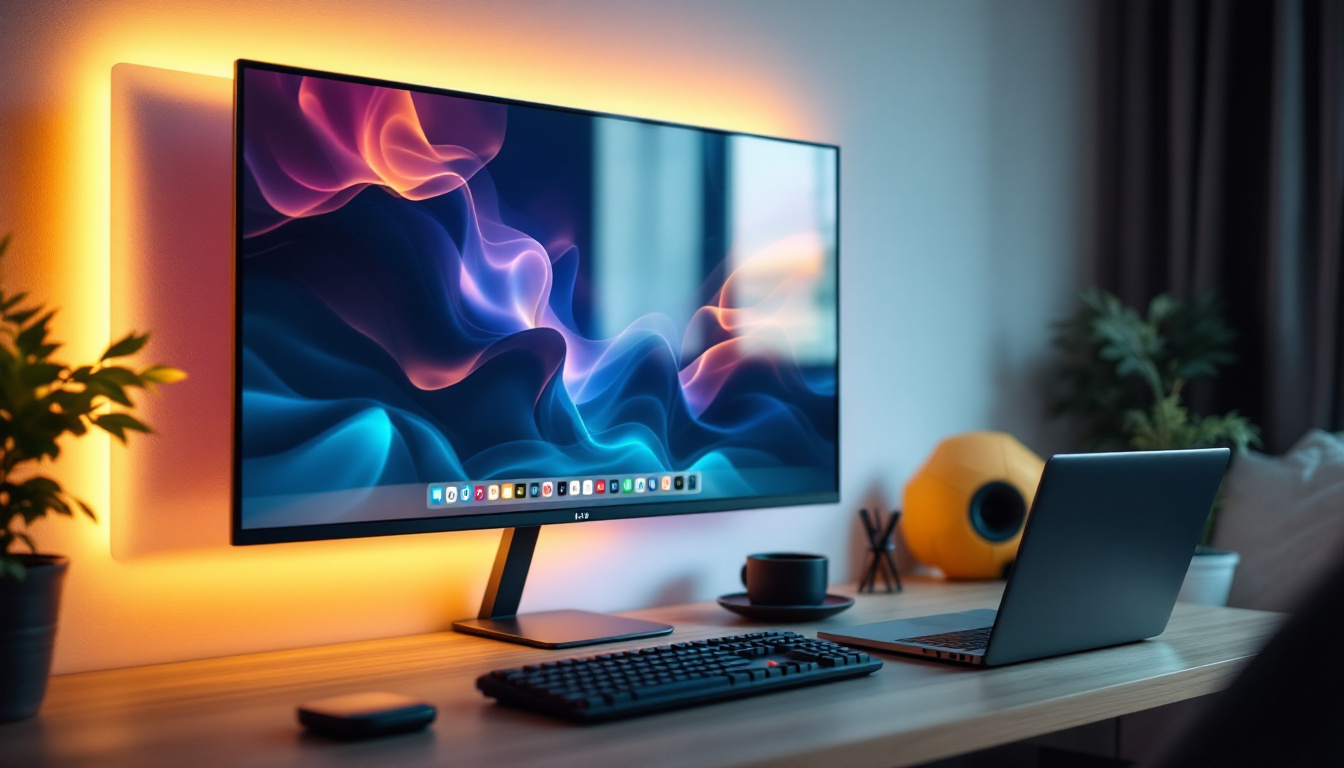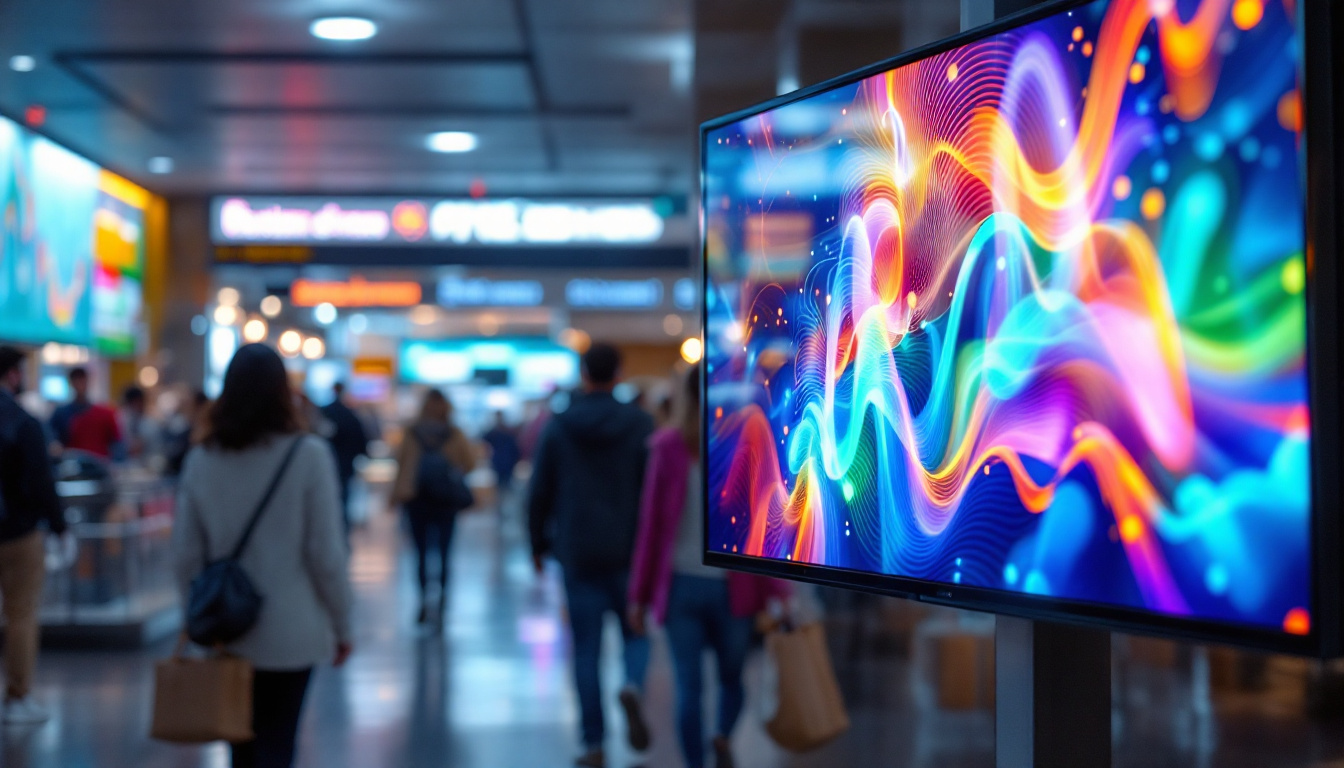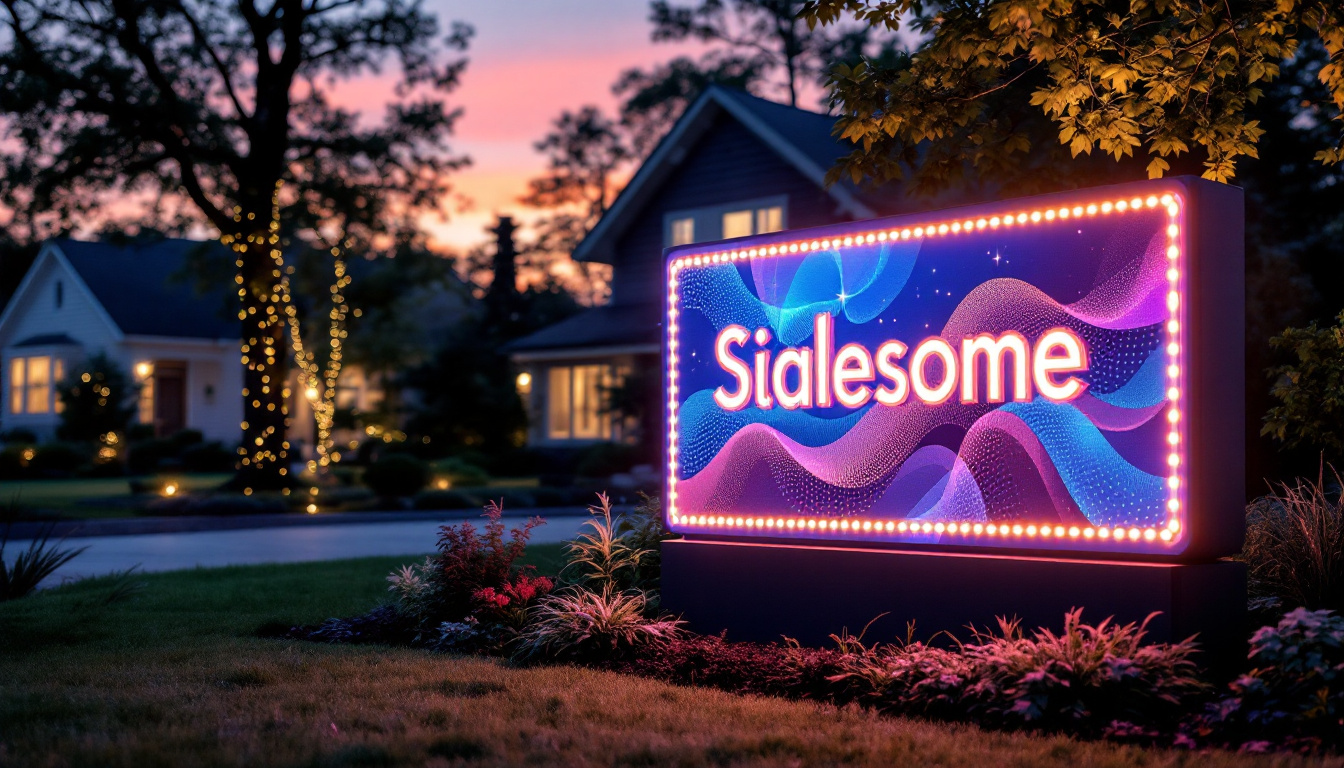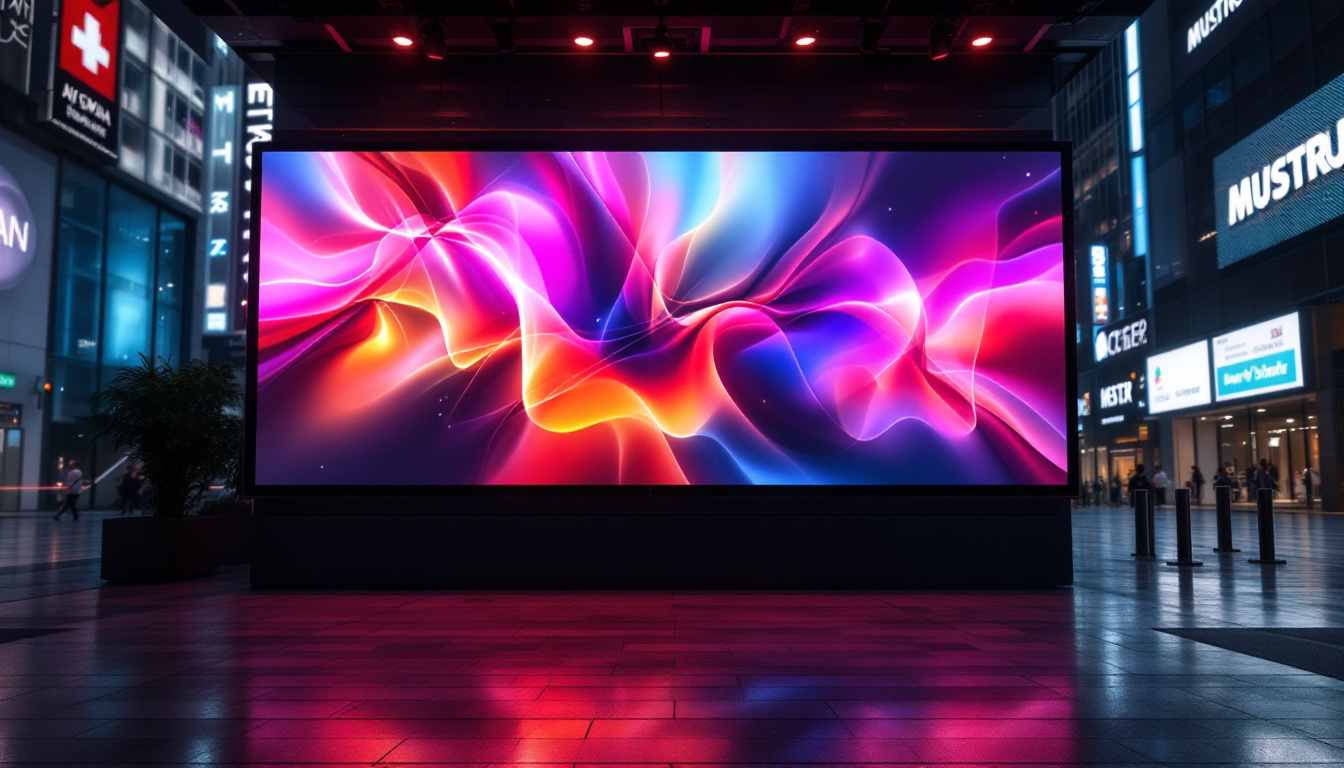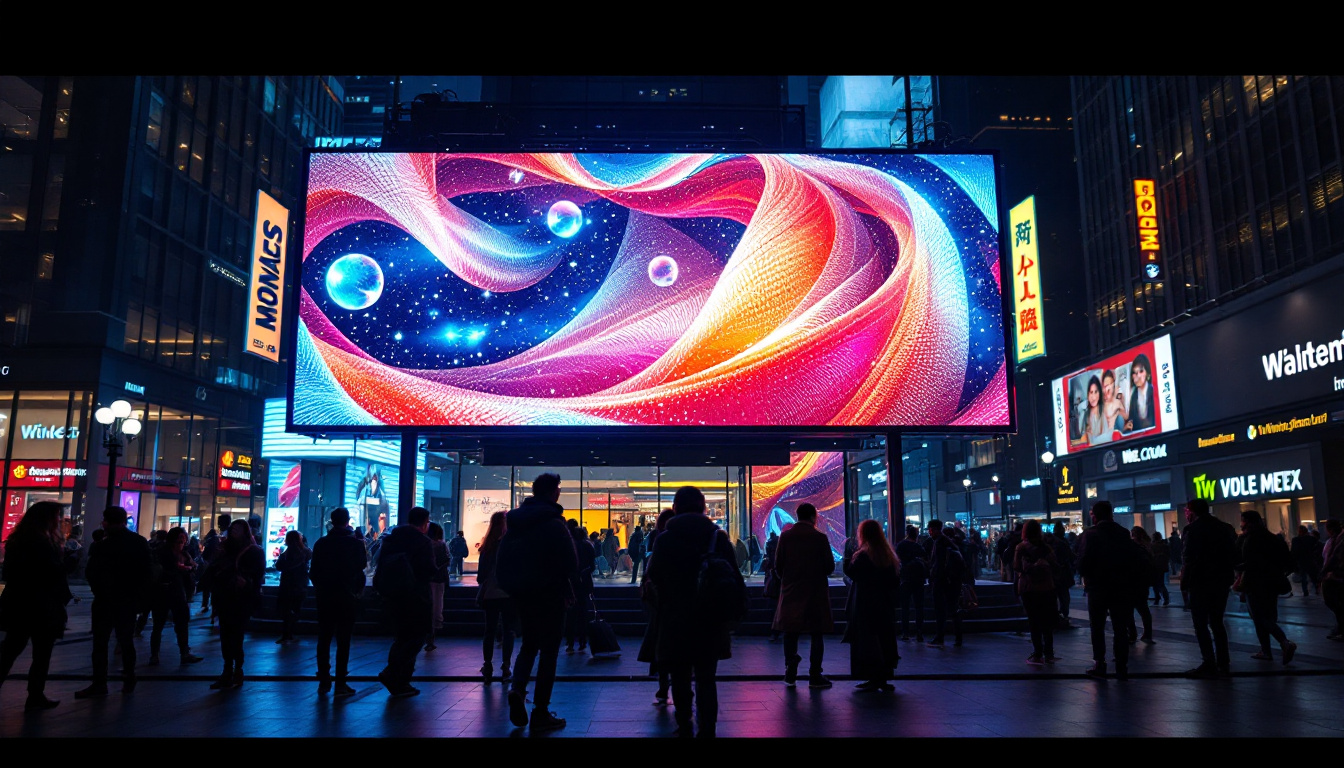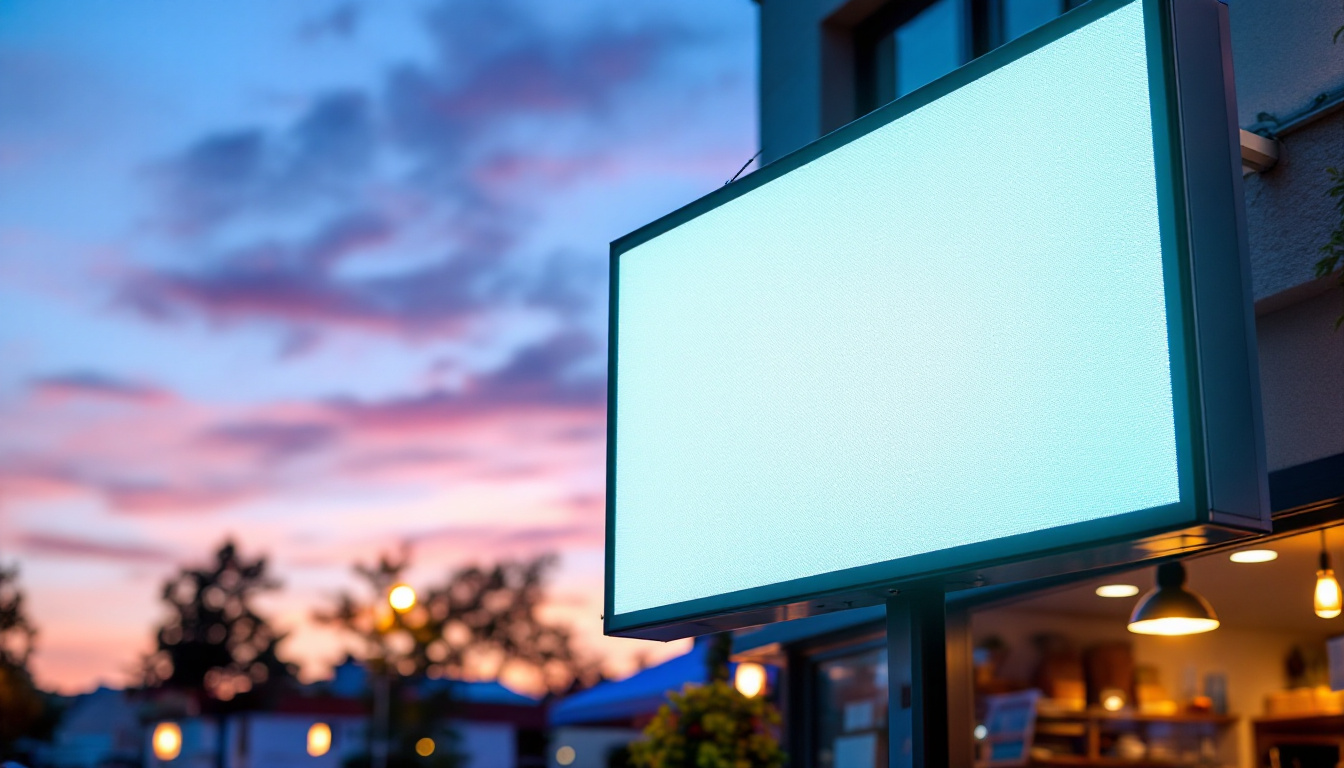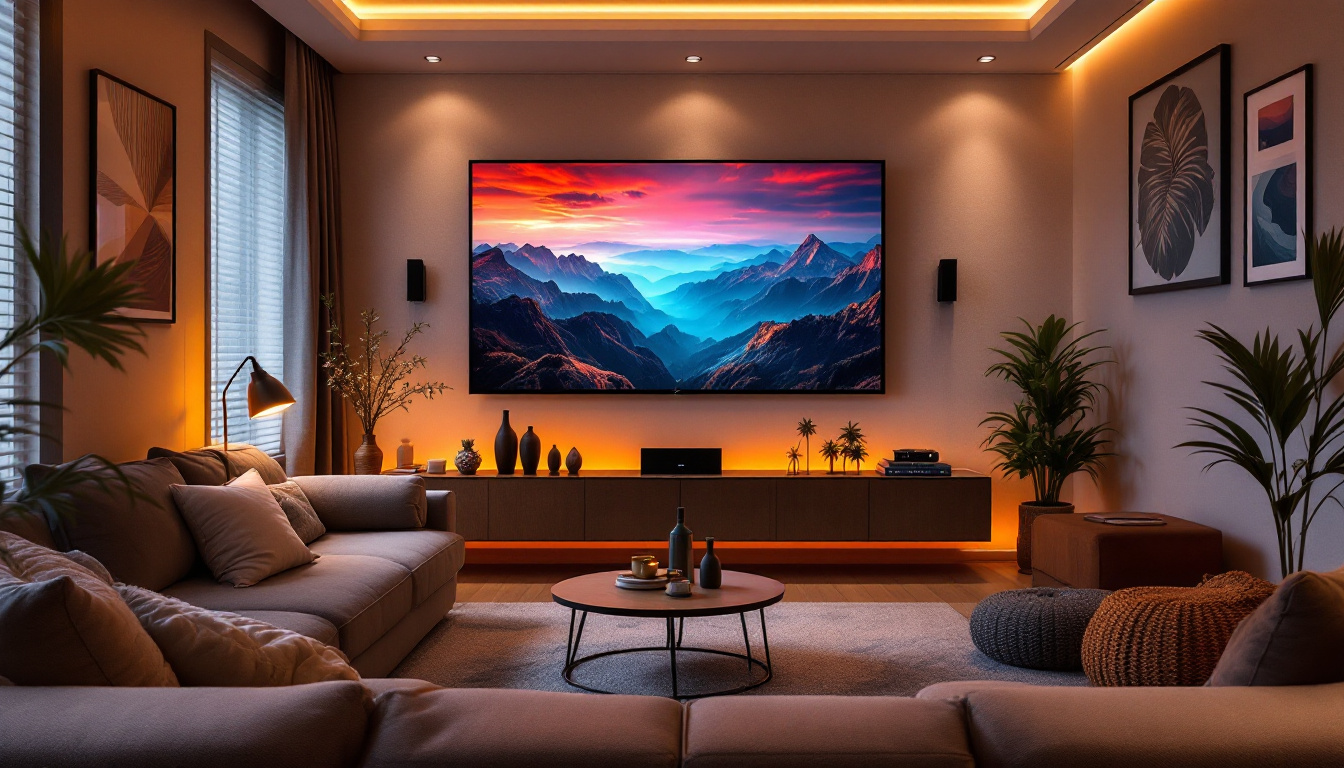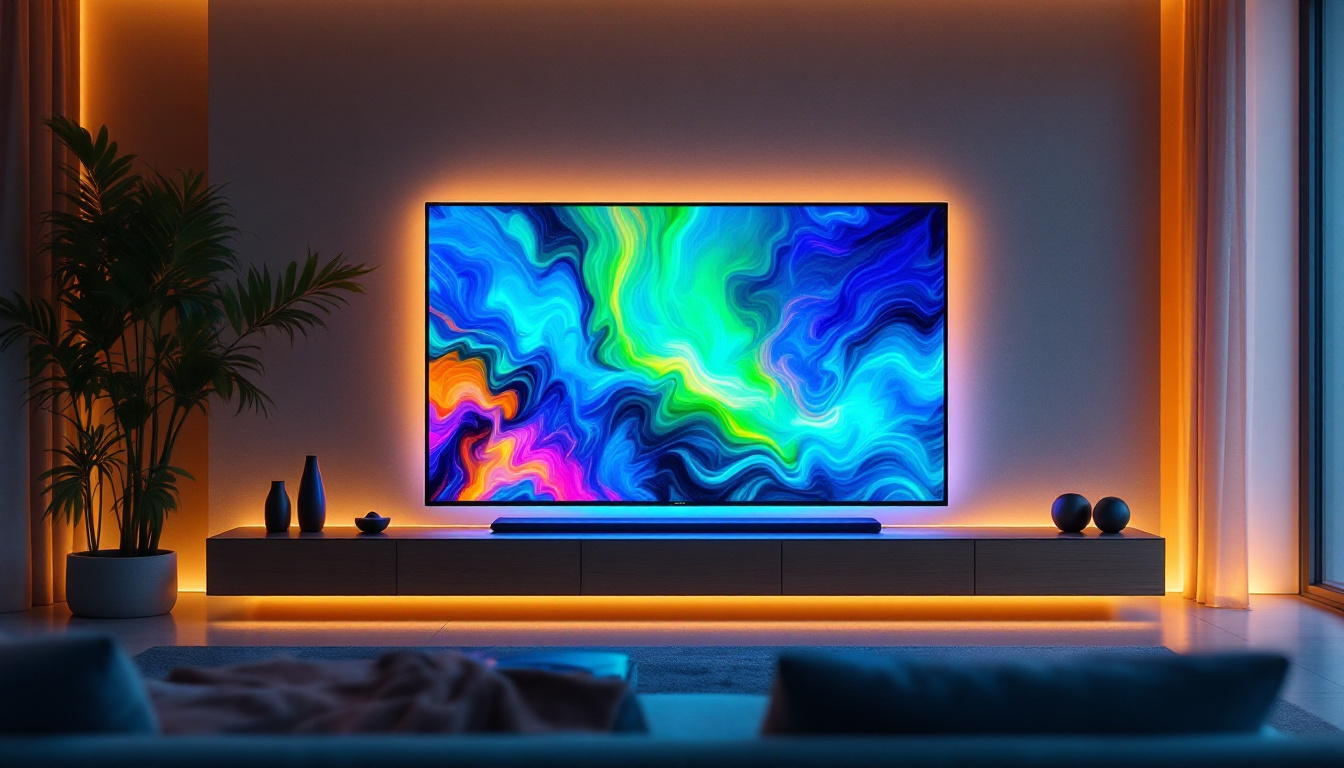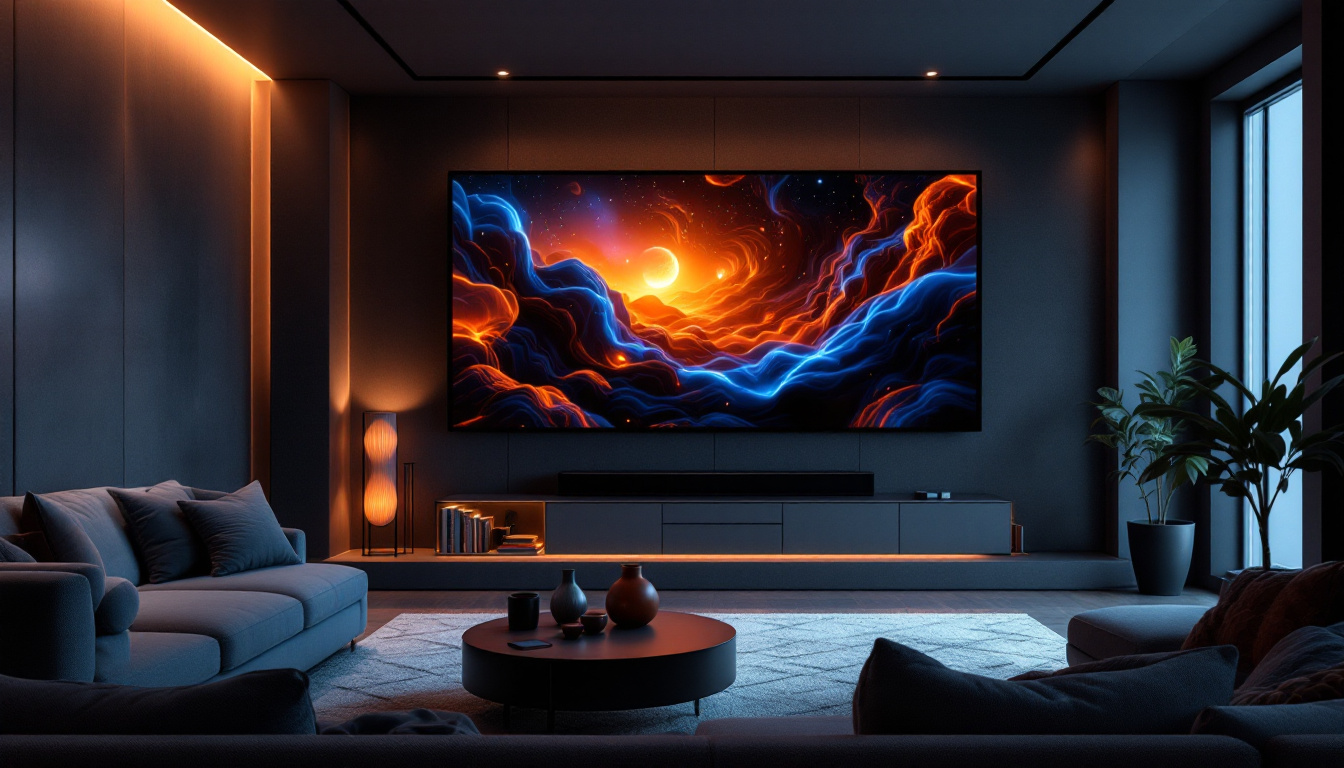As technology continues to evolve, the demand for interactive displays has surged, particularly in professional and educational settings. Touch monitors have become increasingly popular due to their ability to facilitate user engagement and streamline workflows. This article delves into the world of touch monitors for Windows 10, focusing on LED displays and their unique features, benefits, and applications.
Understanding Touch Monitors
Touch monitors are specialized screens that allow users to interact with the display through touch input. They are equipped with sensors that detect touch gestures, enabling a more intuitive user experience compared to traditional monitors. With Windows 10, touch monitors can harness the operating system’s built-in touch capabilities, providing a seamless integration for users. This technology has revolutionized how we engage with digital content, making it accessible for various applications, from retail environments to educational settings.
As touch monitors continue to evolve, they are increasingly being integrated into everyday devices, enhancing the functionality of everything from kiosks to smartphones. The versatility of touch monitors allows them to cater to a diverse range of industries, including healthcare, where they can streamline patient interactions, and hospitality, where they can enhance customer service experiences. The growing trend of incorporating touch technology into public spaces is also indicative of its acceptance and the demand for more interactive solutions.
Types of Touch Technology
There are several types of touch technology used in monitors, each with its own advantages and disadvantages. The most common types include resistive, capacitive, and infrared touch screens.
- Resistive Touch Screens: These screens consist of two flexible layers separated by a small gap. When pressure is applied, the layers touch, registering the input. While resistive screens are generally less expensive and can be used with gloves or styluses, they often lack the clarity and responsiveness of other technologies. This makes them suitable for environments where durability is prioritized over visual fidelity, such as industrial settings.
- Capacitive Touch Screens: Capacitive screens use the electrical properties of the human body to detect touch. They offer superior clarity and responsiveness, making them ideal for applications that require precision. However, they typically do not work with gloves unless they are specially designed for that purpose. Their high sensitivity allows for multi-touch gestures, which can enhance user interaction in gaming and design applications.
- Infrared Touch Screens: These screens use an array of infrared light beams to detect touch. They are highly durable and can support multiple touch points, making them suitable for collaborative environments. However, they may be more expensive than other options. Infrared technology is particularly advantageous in outdoor settings, as it remains functional in bright light conditions, where other touch technologies might struggle.
Benefits of Touch Monitors
Touch monitors offer a range of benefits that enhance user interaction and productivity. Some of the key advantages include:
- Enhanced User Experience: The ability to interact directly with the screen makes navigation more intuitive, reducing the learning curve for new users. This direct engagement can lead to a more satisfying experience, as users feel more connected to the content they are interacting with.
- Increased Productivity: Touch monitors can streamline workflows by allowing users to perform tasks more quickly than with a mouse and keyboard. The tactile nature of touch input can also reduce the cognitive load, allowing users to focus more on the task at hand rather than the mechanics of input.
- Collaboration: In settings such as classrooms or conference rooms, touch monitors facilitate group work and discussions, encouraging participation from all members. The ability to share screens and manipulate content collectively fosters a more engaging and productive environment, where ideas can be exchanged freely and effectively.
Moreover, touch monitors are increasingly being designed with ergonomic considerations in mind, ensuring that they can be comfortably used for extended periods. Features such as adjustable stands and anti-glare coatings contribute to a more user-friendly experience, reducing strain on the eyes and neck. As technology continues to advance, we can expect even more innovations in touch monitor design, further enhancing their usability and appeal across various sectors.
LED Displays: A Closer Look
LED (Light Emitting Diode) displays are a popular choice for touch monitors due to their vibrant colors, energy efficiency, and slim design. Understanding the characteristics of LED displays can help users make informed decisions when selecting a touch monitor for Windows 10.
Advantages of LED Displays
LED displays have several advantages that make them a preferred option for touch monitors:
- Brightness and Clarity: LED displays offer exceptional brightness levels, making them suitable for various lighting conditions. This clarity enhances the overall viewing experience, especially in well-lit environments.
- Energy Efficiency: Compared to traditional LCD monitors, LED displays consume less power, resulting in lower energy costs and a reduced environmental impact.
- Thin and Lightweight: The slim profile of LED displays allows for easy installation and portability, making them ideal for both fixed and mobile applications.
Considerations When Choosing an LED Touch Monitor
When selecting an LED touch monitor for Windows 10, several factors should be taken into account to ensure the best fit for specific needs:
- Screen Size: The size of the monitor should align with the intended use. Larger screens are ideal for presentations, while smaller screens may suffice for individual tasks.
- Resolution: Higher resolution displays provide sharper images and text, which is crucial for tasks requiring detail and precision.
- Touch Technology: As previously discussed, the type of touch technology will impact the user experience. Choosing the right technology based on the intended use is essential.
Integrating Touch Monitors with Windows 10
Windows 10 is designed to support touch input, making it an excellent operating system for touch monitors. The integration of touch technology enhances the overall functionality of the device, allowing users to navigate and interact more effectively.
Touch Gestures in Windows 10
Windows 10 supports a variety of touch gestures that can significantly enhance user interaction. Some common gestures include:
- Tap: A single tap on the screen acts like a mouse click, allowing users to select items or open applications.
- Swipe: Swiping can be used to scroll through pages, switch between applications, or access the action center.
- Pinch to Zoom: This gesture allows users to zoom in or out on images and documents, providing a more detailed view.
Customizing Touch Settings
Windows 10 offers various settings that can be customized to enhance the touch experience. Users can adjust touch feedback, sensitivity, and other settings to suit their preferences. This customization ensures that the touch monitor operates optimally, catering to individual user needs.
Applications of Touch Monitors
Touch monitors have a wide range of applications across various industries. Their versatility makes them suitable for both professional and personal use.
Educational Settings
In educational environments, touch monitors can transform the learning experience. Teachers can use them for interactive lessons, while students can engage with the material in a hands-on manner. This interactive approach fosters collaboration and enhances retention of information.
Business and Corporate Use
In the corporate world, touch monitors can be utilized for presentations, meetings, and collaborative projects. They allow for real-time editing and brainstorming, making them invaluable tools for teams. Additionally, touch monitors can be integrated into kiosks for customer service applications, enhancing user interaction and satisfaction.
Healthcare Applications
In healthcare settings, touch monitors can streamline processes such as patient check-ins, electronic medical records management, and telemedicine consultations. Their ease of use and quick response times can improve efficiency and patient satisfaction.
Choosing the Right Touch Monitor for Windows 10
Selecting the right touch monitor for Windows 10 involves considering various factors, including budget, intended use, and specific features. Here are some tips to guide the decision-making process:
Assessing Your Needs
Before making a purchase, it is crucial to assess the specific needs of the user or organization. Consider factors such as:
- The primary applications for the monitor (e.g., education, business, healthcare)
- The environment in which the monitor will be used (e.g., bright rooms, outdoor settings)
- The number of users who will interact with the monitor and their familiarity with touch technology
Budget Considerations
Touch monitors come in a range of prices, so it is essential to establish a budget before shopping. While it may be tempting to opt for the cheapest option, investing in a quality monitor can lead to better performance and longevity. Consider long-term costs, including energy consumption and potential repairs, when evaluating options.
Researching Brands and Models
Once the needs and budget have been established, it is time to research different brands and models. Look for reputable manufacturers known for producing reliable touch monitors. Reading customer reviews and expert opinions can provide valuable insights into the performance and durability of specific models.
Conclusion
Touch monitors for Windows 10, particularly those featuring LED displays, offer a wealth of benefits that enhance user interaction and productivity. With their vibrant visuals, energy efficiency, and intuitive touch capabilities, these monitors are well-suited for a variety of applications across different industries.
By understanding the different types of touch technology, the advantages of LED displays, and the integration of touch features within Windows 10, users can make informed decisions when selecting a touch monitor. Whether for educational purposes, corporate environments, or healthcare settings, the right touch monitor can significantly improve workflow and user engagement.
Ultimately, as technology continues to advance, touch monitors will play an increasingly vital role in shaping the way individuals and organizations interact with digital content. Investing in a quality touch monitor is not just a purchase; it is a step towards embracing the future of technology.
Discover LumenMatrix LED Display Solutions
Ready to elevate your interactive experience with the latest in touch monitor technology? Look no further than LumenMatrix, a pioneer in LED display innovation. Our comprehensive range of products, from Indoor and Outdoor LED Wall Displays to specialized solutions like Vehicle and Sports LED Displays, is designed to meet your unique needs. Whether you’re looking to create an immersive educational environment, enhance corporate presentations, or streamline healthcare processes, LumenMatrix has the perfect LED display to bring your vision to life. Check out LumenMatrix LED Display Solutions today and step into the future of visual communication.

